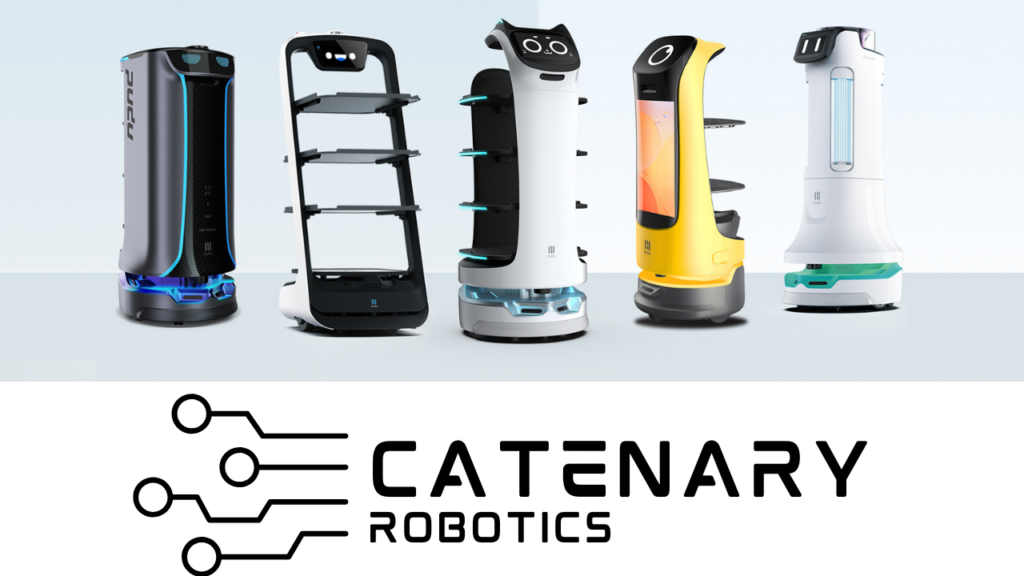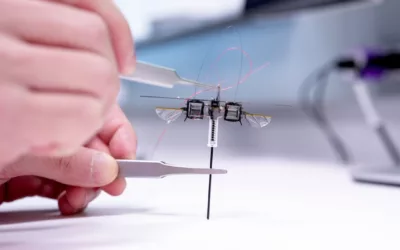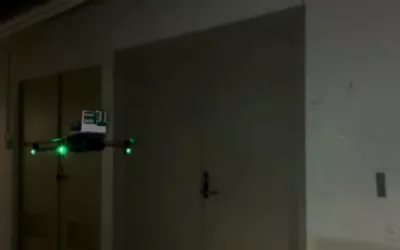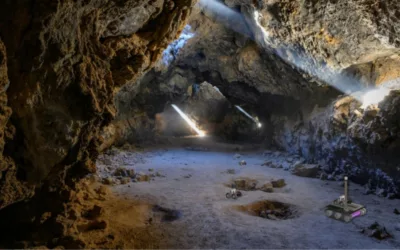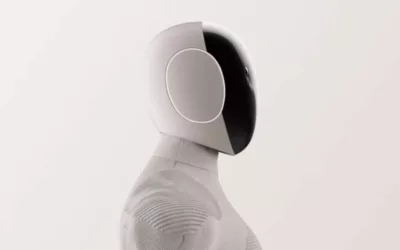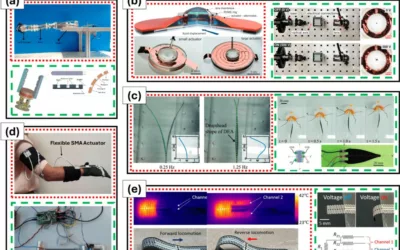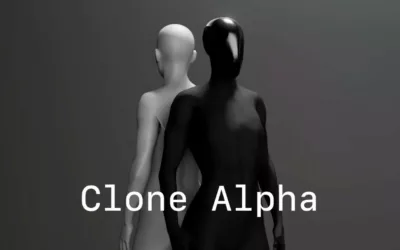Purdue University researchers developed an innovative patent-pending method that significantly enhances traditional machine vision and perception in the world of robotics and autonomy. Known as HADAR (heat-assisted detection and ranging), this technology has been featured in the peer-reviewed journal Nature.
The Challenge of Automated Agents
Experts predict that by 2030, one in 10 vehicles will be automated, and 20 million robots will be assisting people in various tasks. These autonomous agents rely on advanced sensors to make independent decisions, but the simultaneous perception of scenes by multiple agents poses a fundamental challenge.
Overcoming Limitations in Traditional Sensing
HADAR addresses the limitations of traditional active sensors, such as LiDAR, radar, and sonar, which suffer from signal interference and eye safety risks as they are scaled up. While video cameras offer advantages in well-lit conditions, they struggle in low-light scenarios like nighttime, fog, or rain.
The Power of Thermal Imaging
Traditional thermal imaging, a fully passive sensing method, can see through darkness, inclement weather, and solar glare. However, it faces challenges due to the “ghosting effect” that results in textureless images. This lack of information, texture, and features presents obstacles to machine perception using heat radiation.
The HADAR Solution
HADAR combines thermal physics, infrared imaging, and machine learning to enable fully passive and physics-aware machine perception. It overcomes the “ghosting effect” by vividly recovering texture from cluttered heat signals and accurately distinguishing temperature, emissivity, and texture (TeX) of objects in a scene. This technology perceives physical attributes beyond conventional RGB or visible imaging and traditional thermal sensing, allowing it to see through pitch darkness as if it were broad daylight.
HADAR TeX Vision in Action
In practical testing, HADAR TeX vision excelled in off-road nighttime scenes, recovering textures such as water ripples, bark wrinkles, and culverts. It successfully overcame the challenges posed by low-light conditions, enabling the perception of fine details in the environment.
Future Developments and Applications
To expand the applicability of HADAR, the team is working on improving the hardware size and data collection speed. The current sensor’s large and heavy design requires refinement to make it suitable for self-driving cars and robots. Additionally, efforts are reportedly underway to achieve a faster frame rate, ideally 30 to 60 hertz, for real-time applications.
HADAR TeX vision may initially find application in automated vehicles and robots operating in complex environments. However, the technology holds promise for a wide range of fields, including agriculture, defense, geosciences, healthcare, and wildlife monitoring.


